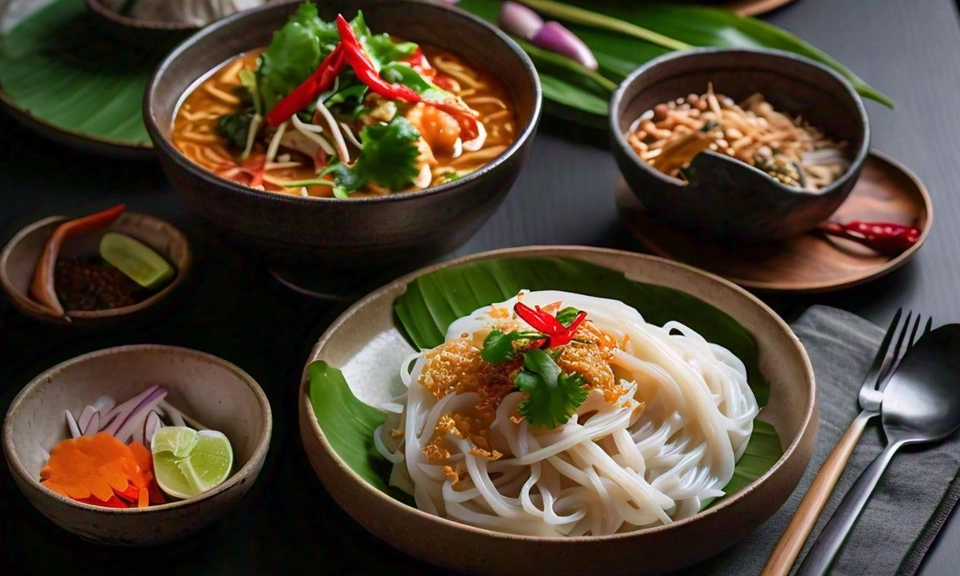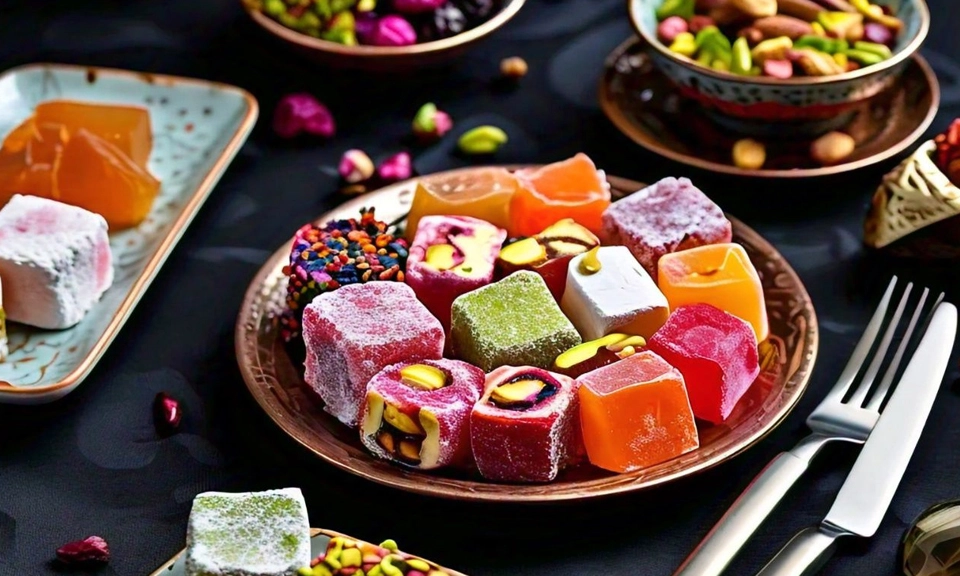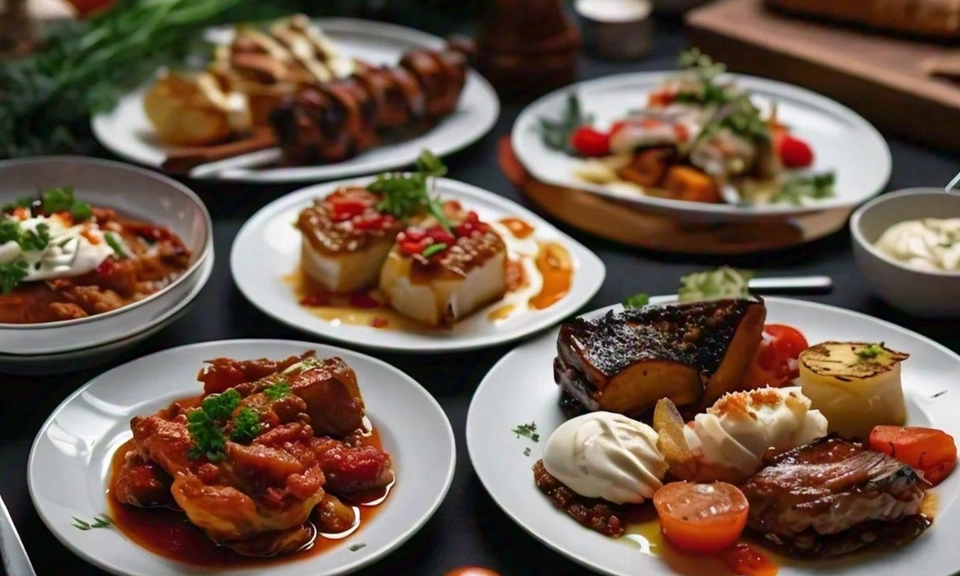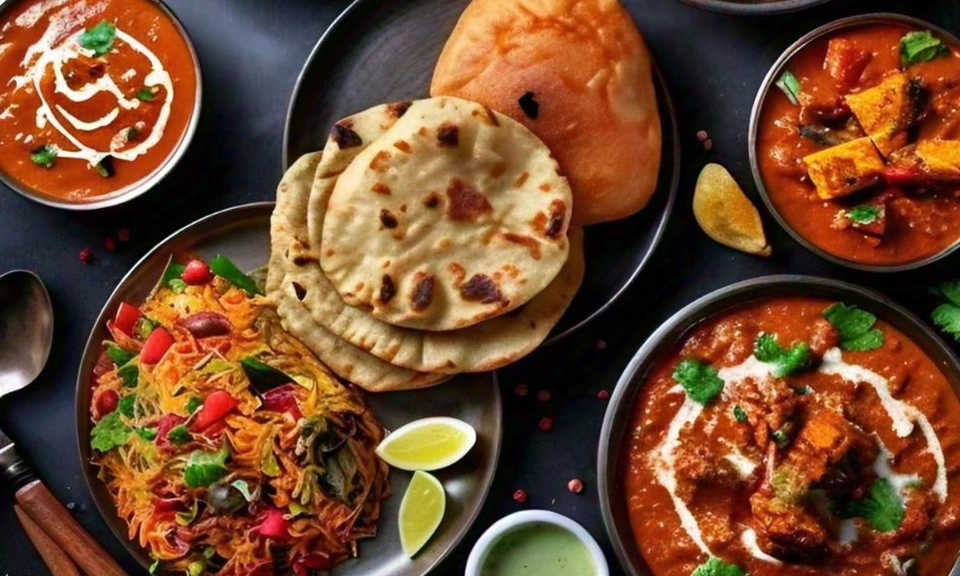A Step-by-Step Guide
Servings: 4
Prep Time: 20 minutes
Cook Time: 45 minutes
Total Time: 1 hour 5 minutes
Introduction
If you’re craving a hearty, creamy, and flavorful Thai dish, this Halal Khao Soi recipe will exceed your expectations. Khao Soi, a beloved dish from Northern Thailand, combines a rich coconut curry base with soft noodles and tender chicken or beef. The best part about this recipe is that it’s halal, making it accessible for everyone to enjoy. In this guide, you’ll learn how to make an authentic, mouthwatering Halal Khao Soi that’s perfect for any occasion. Each step is designed to help you recreate the flavors of Thailand in a halal-friendly manner.
Ingredients
For the Curry Base:
- 500g chicken thighs (or beef), cut into bite-sized pieces
- 2 tablespoons yellow curry paste (ensure halal)
- 1 tablespoon red curry paste (optional for spice)
- 400ml coconut milk
- 1 cup chicken broth (halal-certified)
- 1 tablespoon soy sauce (halal-certified)
- 1 teaspoon turmeric powder
- 1 teaspoon ground coriander
- 1 teaspoon cumin
- 1 tablespoon vegetable oil
- 1 tablespoon sugar
- Salt to taste
For the Noodles:
- 200g egg noodles (ensure no alcohol or non-halal ingredients)
- 1 tablespoon oil (for frying optional crispy noodles)
Garnishes:
- Fresh lime wedges
- Sliced shallots
- Fresh coriander (cilantro)
- Pickled mustard greens (optional)
- Chili oil or chili flakes (optional)
Instructions
Step 1: Prepare the Chicken (or Beef)
- Begin by seasoning the chicken (or beef) with salt and turmeric. Set it aside while you prepare the curry base.
- In a large pot, heat 1 tablespoon of vegetable oil over medium heat. Add the yellow curry paste and sauté until fragrant, about 2 minutes. This is the key to bringing out the bold flavors in the Halal Khao Soi.
Step 2: Create the Curry Base
- After the curry paste has become fragrant, add the cumin, coriander, and a touch of red curry paste if you want extra heat. Stir until combined.
- Pour in the coconut milk and chicken broth, stirring to combine the spices into the liquid.
- Bring the mixture to a gentle simmer, allowing the flavors to meld together for a rich curry base that will coat your noodles perfectly.
Step 3: Cook the Chicken (or Beef)
- Once your curry sauce is simmering, add the chicken (or beef) pieces to the pot. Stir them into the curry sauce until fully submerged.
- Let the chicken cook in the sauce for about 25-30 minutes or until fully tender. Stir occasionally to prevent sticking.
Step 4: Cook the Noodles
- While the chicken is cooking, boil a pot of water for your egg noodles. Cook the noodles according to package instructions, typically 3-5 minutes.
- Once the noodles are done, drain them and set them aside.
- (Optional) Heat a bit of oil in a separate pan and fry some of the noodles until crispy. These will add a delightful crunch to the top of your Halal Khao Soi bowl.
Step 5: Assemble the Khao Soi
- Once your chicken or beef is cooked and the curry has thickened, it’s time to serve.
- Divide the cooked egg noodles into individual bowls.
- Ladle the rich and creamy curry sauce with the tender chicken over the noodles. Be generous with the curry sauce as it’s the star of the Halal Khao Soi.
The Perfect Garnish for Your Halal Khao Soi
The garnishes are essential to bringing balance and texture to your Halal Khao Soi recipe. A squeeze of lime adds brightness to the dish, while crispy fried noodles offer a delightful crunch. Don’t forget the fresh coriander, sliced shallots, and optional chili oil for added depth of flavor. Pickled mustard greens are optional but bring a tangy contrast that complements the richness of the curry.
Pro Tips for Making the Best Halal Khao Soi
- Curry Paste: Ensure your curry paste is halal by checking the ingredients for any animal by-products or alcohol. Many curry pastes contain shrimp paste, so opt for a vegetarian or halal version.
- Coconut Milk: Full-fat coconut milk gives the curry its creamy texture, so avoid using low-fat alternatives if you want that authentic flavor.
- Broth: Always use halal-certified chicken broth for the base of your curry to ensure the dish remains halal.
- Noodles: Some noodles may contain alcohol or other non-halal ingredients. Look for halal-certified egg noodles or opt for rice noodles as an alternative.
Nutrition Information (Per Serving)
- Calories: 480 kcal
- Protein: 25g
- Fat: 30g
- Carbohydrates: 35g
- Fiber: 4g
- Sugar: 7g
Variations for Your Halal Khao Soi Recipe
- Beef Khao Soi: If you’re not a fan of chicken, you can easily swap it out for beef. Follow the same steps, but allow the beef to simmer longer for more tenderness.
- Vegetarian Halal Khao Soi: Replace the chicken or beef with tofu for a vegetarian version of this dish. Simply fry the tofu separately and add it to the curry at the end.
- Seafood Khao Soi: Swap the meat for shrimp or fish, cooking the seafood in the curry sauce for just a few minutes until tender.


This Easy Halal Khao Soi Recipe offers a delightful journey into the heart of Northern Thai cuisine while adhering to halal dietary practices. By following this guide, you can enjoy a creamy, aromatic, and perfectly balanced curry noodle dish right in your own kitchen. Whether you’re serving it for a special occasion or a comforting weeknight meal, this recipe ensures you get an authentic taste of Thai flavors with the peace of mind that comes from using halal ingredients.
From the rich coconut curry base to the optional garnishes that add texture and brightness, every element of this Halal Khao Soi recipe is designed to make your dining experience memorable. Enjoy the process of creating this dish and share it with family and friends who will surely appreciate the effort and care you put into making a meal that’s both delicious and respectful of dietary needs.
find more recipe to visit: ohitsyummy.com
Latest Recipes
Tags
A quick overview of the topics covered in this article.






